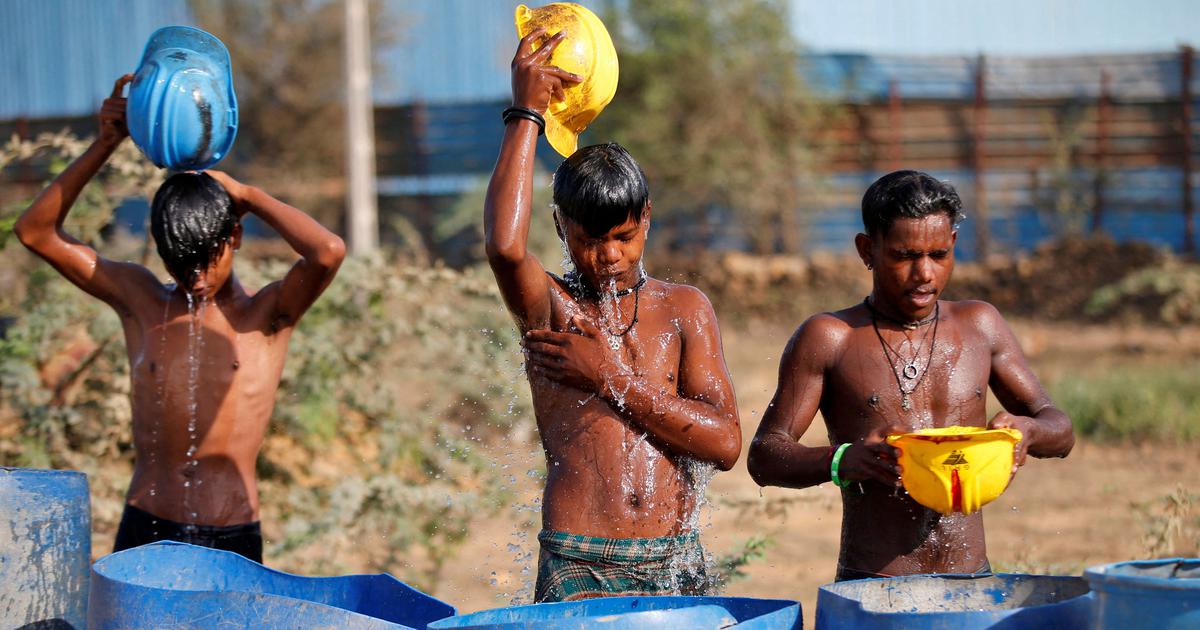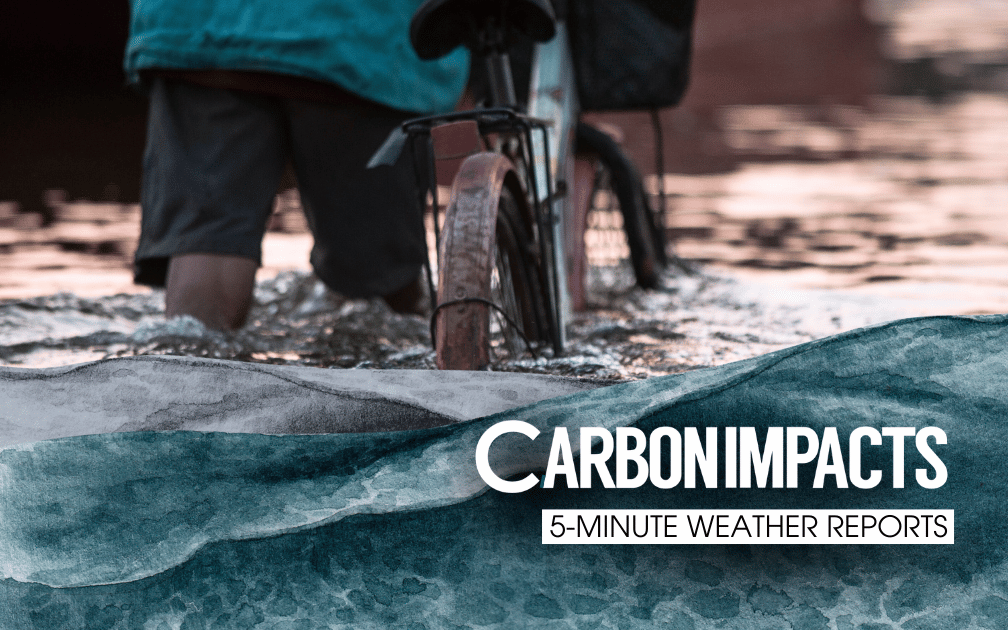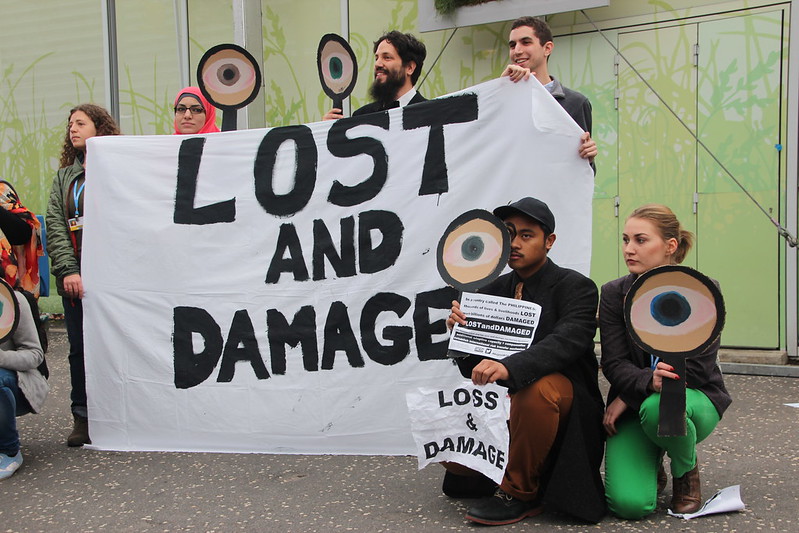Scorched Cities: Is India Ready for the Heatwave Onslaught?
Indian cities are ramping up emergency responses, but they are falling behind in implementing long-term heat resilience strategies.
By Editorial Team / Apr 11, 2025

Image Courtesy: Scroll.in
India is no stranger to extreme heat, but recent years have seen summer temperatures soaring to dangerous levels, with sweltering heat waves scorching vast areas of the country. In 2024 alone, India recorded 77 heatwave days, marking a dangerous precedent.
The Double Heatwave Whammy:
It's the onset of summer, and mercury levels have not been sparing. The Indian Meteorological Department has warned of an unusually hot summer ahead, with prolonged and intensified heatwaves. This not only indicates double the number of days of extreme heat but also an expanded geographical footprint of temperature spikes.
Several cities across India have implemented heat action plans with specific measures to address extreme heat. But are these measures sufficient in fostering long-term resilience in the face of increasing heatwaves in a warming climate?
In their report titled “Is India Ready for a Warming World?” The Sustainable Futures Collaborative (SFC) recently assessed the heat adaptation strategies in nine major Indian cities—Bengaluru, Faridabad, Gwalior, Kota, Ludhiana, Meerut, Mumbai, New Delhi, and Surat—collectively home to 11% of the nation’s urban population. Their findings reveal a stark reality: while cities are ramping up emergency responses, they are falling behind in implementing long-term heat resilience strategies.
Short-Term Fixes: The Go-To Strategy
Local governments are taking swift action to counter the immediate health impacts of extreme heat. Emergency healthcare measures such as public awareness campaigns, repurposing hospital wards for heatstroke treatment, and adjusting work hours have been widely implemented. However, while these efforts are critical, they are akin to applying band-aids to a growing wound—temporary solutions to an escalating crisis.Indian cities are merely reacting to their immediate crisis without preparing for the long-term battle against rising temperatures.
The Glaring Gap: Long-Term Resilience
The study found that cities have been slow to implement long-term interventions that could significantly mitigate future heat risks. Large-scale tree-planting initiatives, urban shade expansion, and the creation of open spaces to help dissipate heat remain limited. Moreover, solutions like rooftop solar panels for cooling, better fire management services, and improved electricity grid resilience have been largely overlooked. Perhaps most alarmingly, the most vulnerable populations—outdoor workers, slum dwellers, and low-income communities—are not prioritized in existing adaptation strategies.
Note: Intentional measures refer to targeted action to reduce heat stress while incidental measures are measures which notionally yield heat resilience gains but are not designed or implemented with heat in mind
Why Is Long-Term Action Lagging?
A key barrier to sustained action is funding. According to this research, short-term emergency measures are relatively inexpensive and can be financed through existing local, state, and national funds. However, comprehensive climate adaptation requires dedicated financial resources that many cities lack. Another challenge is governance—India’s heat action plans, while growing in number, often lack legal backing or dedicated financing, making implementation inconsistent across regions.
The 1.5-Degree Reality Check
As global temperatures rise, vast stretches of India is projected to face prolonged heatwaves lasting 30-40 days or more. Research indicates that if warming surpasses 1.5°C, the frequency of heatwaves could triple; at 2.0°C, it could increase fivefold. These heatwaves will not only start earlier but also persist into July, exacerbating health risks due to the combination of heat and humidity. Scientific studies suggest that the warming of the tropical Indian Ocean and the increased occurrence of El Niño events may further contribute to extreme and extended heatwaves.
From Reactive to Proactive: A Call for Urgent Action
India’s current approach is heavily focused on short-term, life-saving responses. While crucial, this alone is not enough to protect communities from the looming climate crisis. A shift towards proactive, long-term resilience strategies is essential. SFC in their aforementioned report recommends that Policymakers must prioritize:
Institutional Changes:
- Embed Heat Action Plans (HAPs) into state-level climate or dedicated heat-related legislation to provide a strong legal foundation for long-term action and to ensure its proper implementation and monitoring.
- Allocate national and state public finance and disaster mitigation funds to support long-term heat risk mitigation strategies, ensuring that resources are available for sustained efforts.
Capacity Building:
- Develop targeted capacity-building programs for HAP implementation, focusing on India’s most heat-vulnerable cities to ensure local governments and stakeholders have the skills and knowledge needed.
- Strengthen disaster management support by training and expanding the capacity of local staff at district and city levels to better respond to heat emergencies.
Technology:
- Launch a Targeted Active Cooling Program, including large-scale subsidies or purchase schemes that enable vulnerable populations to access energy-efficient air conditioning (AC).
- Invest in research and development (R&D) for next-generation cooling technologies, while simultaneously improving energy infrastructure, particularly through the expansion of renewable energy sources and transmission capabilities.
- Use climate projections to guide future planning, informing HAP implementers about potential future heat impacts and enabling a more proactive approach to managing extreme heat risks.
The message is clear: without bold, sustained action, Indian cities will continue to bear the brunt of intensifying heatwaves. It is time to move beyond crisis management and build a future where communities are equipped to thrive in a warming world.
Heatwave in India Heatwave 2025 Double Heatwave Climate Change Extreme Weather in India

